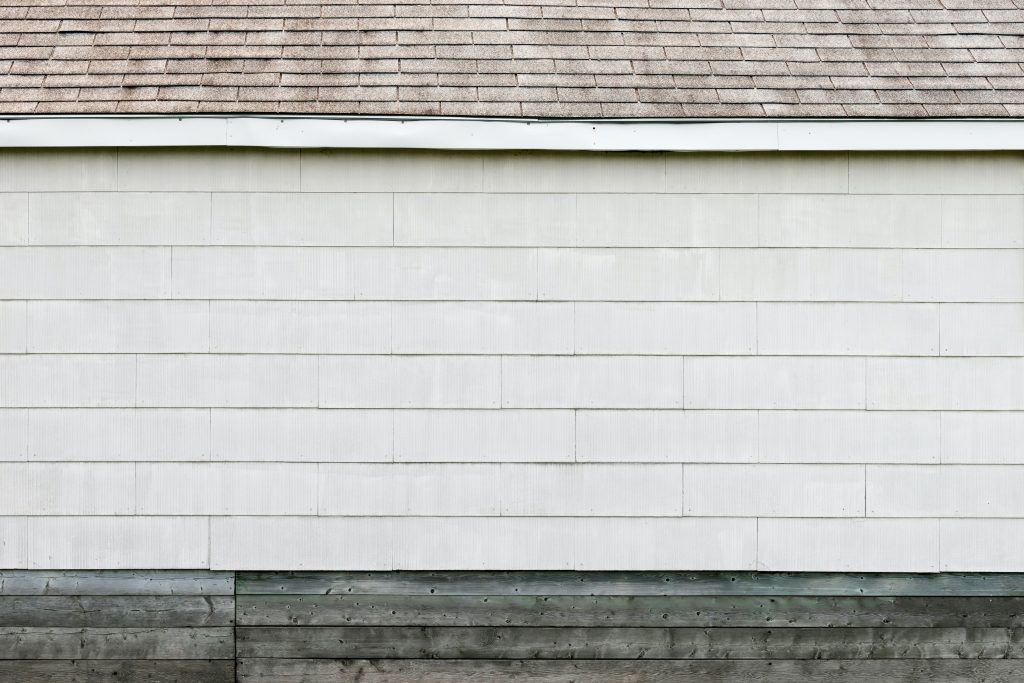Having your new roof shingles not laying flat can be worrying if you are a new homeowner. Luckily, this is a typical roof problem that you can fix. But before contacting a roofer, it is essential to know the cause of the non-uniformity.
Although non-uniformity is common with old shingles, seeing it on your new roof can be alarming. It often happens due to roof installation issues, but some roofing materials react differently with temperature changes.
The good news is, whether the non-uniformity is on a new or old roof, this guide will help you to identify and fix the problem. We will discuss the reasons your roof is not laying flat, how it can affect the entire system, and how to solve these problems.
Let us dive into the facts!
Reasons Your Roof Shingles Are Not Laying Flat
Most roof issues are discovered by experts, but that doesn’t mean you won’t notice a bumpy roof.
Here are some reasons why your roof may not be flat.
1. Re-Roofing On Old Shingles
Some roofers install the new shingles on top of the old ones for a more protective roof. Therefore, the new roof will take the shape of the old one, including any bumps and small hills.
The patchy roof can reduce the home’s aesthetics and value, but it is less likely to lead to leaks and other roofing problems. However, if you are concerned about the aesthetics, contact an installer to install the shingles correctly.
2. Misplacement of Shingles
Roofs are expensive to buy and install, and most homeowners will do all it takes to reduce the cost. However, poor roof installation resulting from hiring an inexperienced installer can be why you have misplaced and missing shingles.
Misplaced shingles could also mean poor flashing and caulking, leading to roof leaks. If you notice missing shingles during a roof inspection, call an experienced roofer for a better installation. It will cost you more but save you from moisture damage from leaks.
3. Low-Quality Shingles
It is essential to invest in high-quality shingles. Homeowners buy low-quality ones to save money but spend more on roof maintenance. Besides, these shingles are more affected by natural factors like temperature changes.
Some shingles appear uneven and bumpy due to expansion and contraction when temperatures go down. Ask for professional help and advice before buying shingles. You can also research the best shingles that are not affected by the weather.
4. Installation Problems
The primary reason for new shingles not laying flat is poor installation. While it could result from DIY installations by less experienced homeowners, surprisingly, even professional contractors can incorrectly install a roof. Ensure you check the roofer’s documents like license and insurance to ensure they are qualified.
Adverse Effects of Uneven Shingles
While the problem might not seem alarming at first, having new roof shingles not laying flat can cause roof problems later. These are some disadvantages of leaving the issue unresolved.
1. Roof Leaks
A lousy roof is vulnerable to leaks. Signs of a leaking roof include water dripping from the ceiling when it rains, yellow and brown stains on the ceiling, and mold growth on the walls. In addition, moisture on a wooden roof causes it to swell and rot.
Moisture also leads to mold and mildew growth on the walls and can damage wooden floors. With time, the rotting spreads, forcing the homeowner to do an expensive complete replacement.
2. It Makes the Roof Vulnerable To Wind
When the shingles overlap, chances are they are not strongly connected. The loose shingles can easily blow off when strong winds or heavy rainfall occur, causing more exposure to roofing materials.
Furthermore, the materials exposed age faster, requiring an entire roof replacement. The lying shingles can also lead to accidents if they fall on passersby or family members.
3. Reduce Energy Efficiency
A roof with curling shingles due to expansion can reduce the effectiveness of the insulation. On the other hand, perfect roofing insulation ensures the rooms maintain the correct temperatures, hence less use of heating and cooling systems.
However, energy efficiency is less effective when the insulation is exposed to the elements. In this case, the homeowner will pay more on energy bills because the HVAC system will need to work harder to warm or cool the roof.
4. Faster Aging
Roofs have a lifespan, depending on their materials. However, other factors like climatic conditions and roof maintenance contribute to how long the roof lasts.
Besides, the depressions on the roof can collect water when it rains. The shingles soak in the water and slowly begin to rot. Others suffer permanent stains reducing the roof’s aesthetics.
Premature aging can inconvenience homeowners because they are forced to replace the roof faster than expected.
5. Warranty Issues
When making an insurance claim, poor installation can make you lose compensation from the manufacturer or insurer. Ensure you hire a qualified roofer to avoid more maintenance expenses.
Final Words
New roof shingles not laying flat can be frustrating for homeowners because it means more maintenance costs. Thankfully, you now know the signs of an uneven roof and the problems it can cause. To avoid dealing with more roofing costs, hire a professional roofer.
Contact Roof Master today for more tips on shingle installation by roofing experts.



